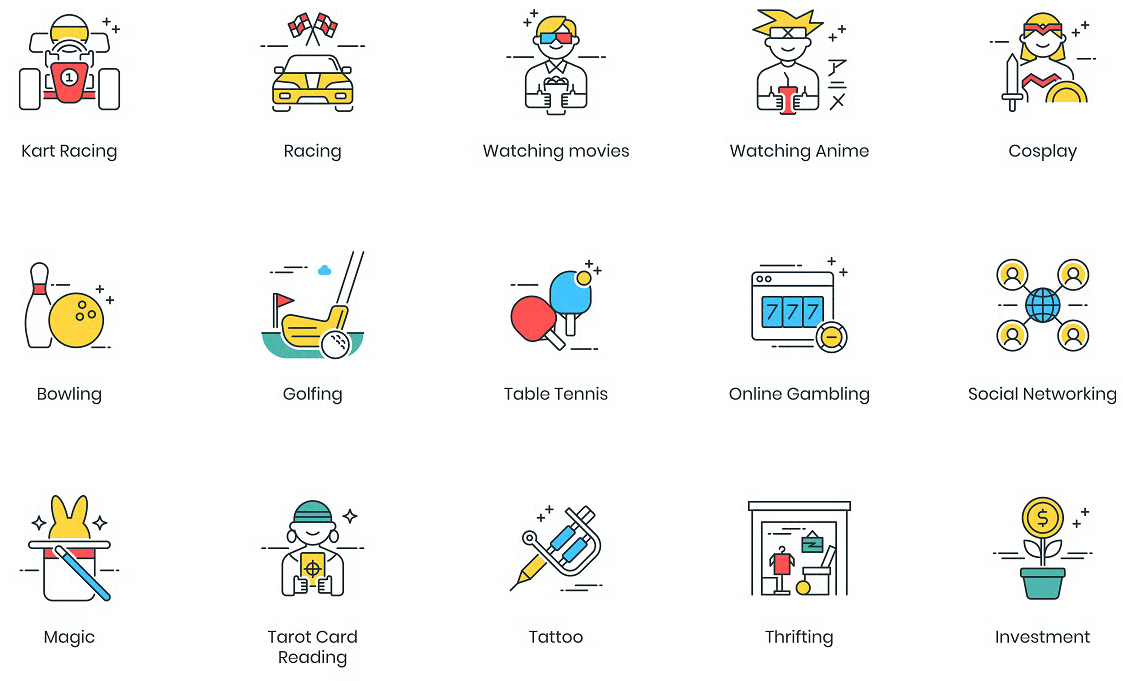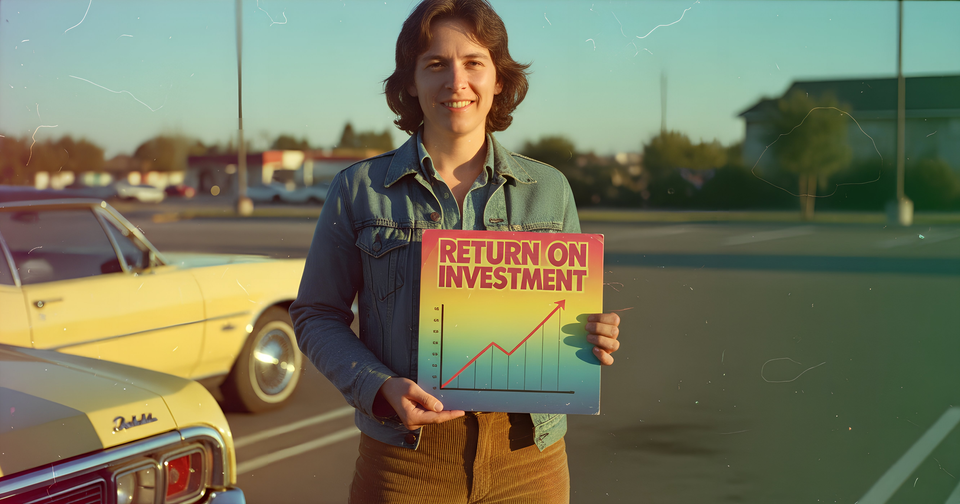If You Treat Points Like a Hobby, You’ll Keep Getting Hobby-Sized Results
Most people chase “free” flights and settle for weak redemptions. The real power in points comes from thinking like a strategist—maximizing value, planning redemptions in advance, and using spend as a tool, not a chore. Play smart, and your travel game levels up fast.


If You Only Had 60 Seconds to Read This Article (Click Here)
Most people treat points and miles like a quirky little side hustle—something to mess with when they have free time. That mindset is exactly why they’re stuck flying coach and redeeming for bad value. Points aren’t a game. They’re a form of currency—and when treated like one, they can unlock business class flights, $40K of annual travel, and high-leverage experiences that never touch your cash flow.
The difference between a hobbyist and a strategist comes down to one thing: intention. Hobbyists earn points passively, redeem them reactively, and think “free” equals “winning.” Strategic users reverse-engineer redemptions, centralize their spend, and use points like capital—targeting premium cabins, global sweet spots, and partner redemptions that yield 5–10x more value per point.
If you’re spending six figures a year and redeeming through Chase or Amex portals, you’re likely wasting thousands in travel value. And if your company has employees booking flights ad hoc, you're bleeding leverage. This isn’t about being fancy—it’s about building a system that turns expenses into tax-free benefits, better experiences, and smarter travel. Hobby thinking won’t get you there. A strategy will.
Everything else you need to know is just below 👇🏻
The Harsh Truth: Hobbyist Thinking Keeps You Grounded
But most people? They treat it like a game. They chase 2% cashback. They hoard points like some kind of end-of-days currency. Or worse, they brag about free domestic flights in economy as if they’ve hacked the matrix. They haven’t.
If that sounds harsh, good. Because this article is your wake-up call. You’re leaving thousands—sometimes tens of thousands—on the table every single year, not because you’re not earning enough, but because you’re thinking too small. Let’s fix that.
Why “Points as a Hobby” is a Losing Mindset
You Overvalue the Wrong Things
Hobbyists obsess over one word: free. Free hotel nights. Free flights. Free upgrades. But the pursuit of “free” often comes at the expense of value.
Booking a domestic economy flight for 25,000 points when the ticket costs $200? That’s a value of 0.8 cents per point. You’d be better off redeeming cash back and paying outright. Yet people do it every day—and walk away thinking they won.
Now imagine you used those same 25,000 points toward a partner program business class flight worth $1,000 or more. That’s the game.
You Treat Redemptions as a Bonus, Not a Tool
Most people redeem when it’s convenient. They check the portal, see what’s available, and settle. High fees? Whatever. Bad flight times? Still better than paying cash.
This is the equivalent of investing in stocks by throwing darts at a board. You might get lucky, but you’re not building anything sustainable.
Strategic players treat points like capital. They plan redemptions the way someone would plan a marketing campaign or business trip: around ROI.
You’re Always Reacting, Never Building
Hobbyists react to offers. A 100K signup bonus flashes across a blog? Sign up. New Amex benefit? Talk about it in a group chat. But strategic users start with the outcome—what they want to do—and reverse engineer how to get there.
That’s the difference between a wanderer and a tactician.
Strategic Thinking: How the Pros Do It
If you’re ready to stop dabbling and start dominating, here’s how the real players operate.
1. They Centralize Spending
Most small businesses and even high-income individuals are bleeding value by spreading spend across random cards with decent-looking perks. Pros ruthlessly centralize on programs that align with their goals—typically transferable points currencies like Amex Membership Rewards, Chase Ultimate Rewards, or Capital One Miles.
List every major category of spending—advertising, travel, software, inventory—and assign it to a single card that earns max points and supports a program with high-value transfer partners.
2. They Use Points for Premium Travel, Not Pennies
Business class and first class redemptions—especially on international flights—are where the outsized value lives. Cash prices are often $3,000–$10,000+ round trip. With points? You’re looking at 70K–120K per person if booked right.
This isn’t about luxury. It’s about economics.
Search for high-value redemptions based on cabin class first (biz or first), then let that inform your destination or timing. That’s how you travel better and smarter.
3. They Plan Redemptions Before They Earn
Yes, you read that right. Strategic users don’t just “earn and burn.” They think in reverse. Where do I want to go? What airline flies there? What programs can book that flight? Only then do they chase signup bonuses or spend accordingly.
Want to fly Singapore Suites? ANA First? Emirates to Milan? Cool. Find the programs that can get you there—and get intentional about earning those points.
The Business Case: Stop Leaving Money on the Tarmac
If you're a business owner spending $50K or more per month—and you’re treating points like a side hustle—you're making a massive mistake.
Let’s do some quick math:
- $50K/month = $600K/year in spend
- Earning just 1.5x points = 900,000 points/year
- If redeemed well, those points could be worth $15K–$45K in flights
But here’s the thing: most companies redeem those points for 1–1.2 cents each through Chase or Amex portals, wasting the real potential of that currency.
Now imagine you had a strategy in place to convert that same spend into quarterly international trips, team incentives, or executive travel—all without touching cash flow. That’s not a perk. That’s a business asset.
It should align with your travel goals, be tied to a centralized booking process, and be audited regularly for optimization.
Redemption Mastery: Where the Real Value Hides
Most people stop at “I booked a flight with points.” That’s like stopping at “I invested in something.” You’ve barely scratched the surface.
Hidden Sweet Spots You’re Probably Missing
- ANA Roundtrip Biz to Japan: As low as 75K points via Virgin
- Turkish Airlines Biz to Europe: 45K one-way via Citi or Capital One
- Iberia Biz to Madrid: 34K off-peak from the East Coast
- Etihad Apartments to Abu Dhabi: Bookable via Aeroplan or American
- Qatar Qsuites: Often found under 80K with Avios transfer bonuses
Burn Smarter, Not Faster
Redemption value should always be measured. If you're redeeming for less than 1.2 cents per point, you might be better off paying cash—unless there's a specific strategic reason (e.g. flexibility, cash flow timing, etc.).
Keep a simple log: how many points you used, what it would’ve cost in cash, and the net value per point. Over time, this keeps you honest and sharp.
Leveling Up: The Strategic Stack
You don’t need 27 credit cards to play this game well. You need a tight stack that:
- Earns high multipliers on your actual spend
- Transfers to valuable partners
- Works in synergy (e.g. Chase Trifecta, Amex Quadfecta)
- Supports your long-term redemption goals
That 5% cashback at office supply stores isn’t doing you any favors if it can’t be pooled into a transferable ecosystem. Streamline.
Final Boarding Call: Stop Playing Small
You can’t afford to treat this like a hobby. Not if you travel. Not if you run a business. Not if you have goals bigger than basic economy.
The good news? You don’t need to become a full-time points guru. You just need to treat this like it matters. Create a plan. Build around it. Redeem with intention. Track your results. Iterate.
That’s what the big players do. That’s how companies turn marketing spend into Maldives overwater villas. That’s how founders fly lie-flat to conferences while preserving runway. That’s how you win.
If you want hobby-sized results, keep playing. But if you’re ready to travel like your spend deserves—without blowing up your budget—it’s time to go pro.




